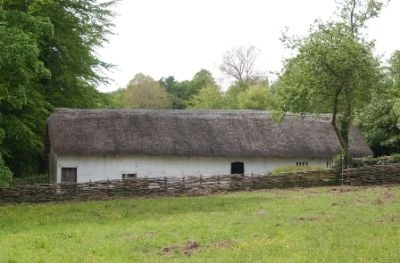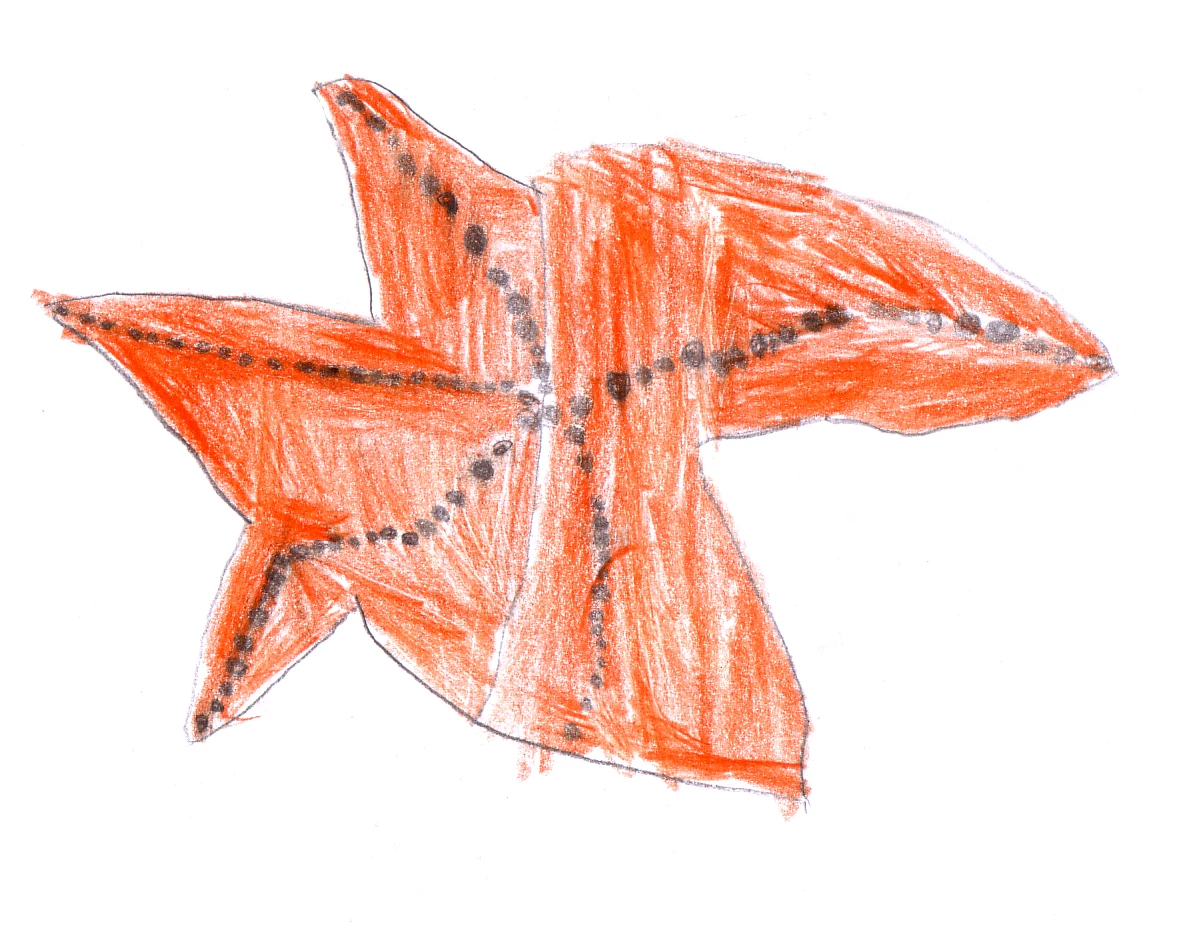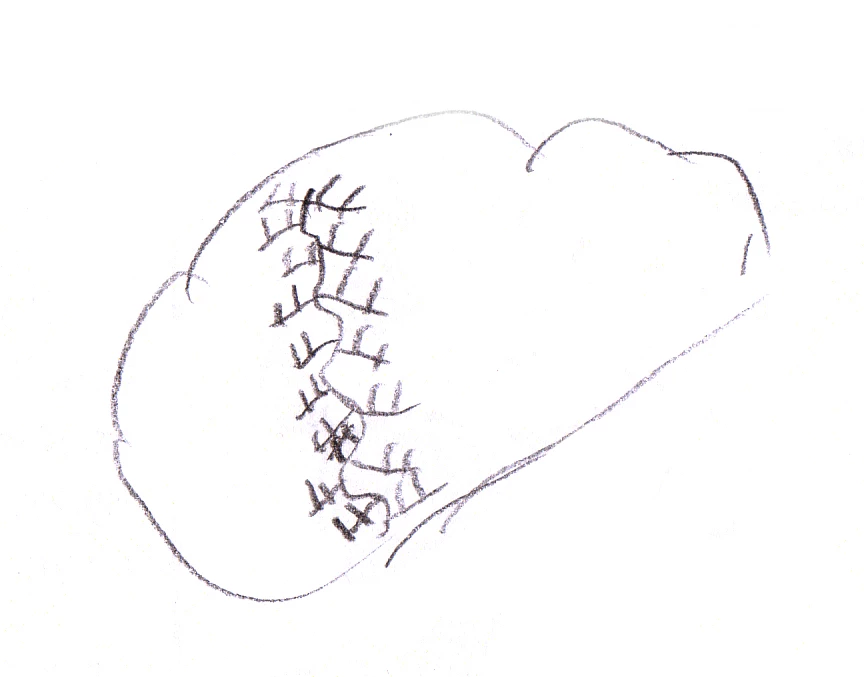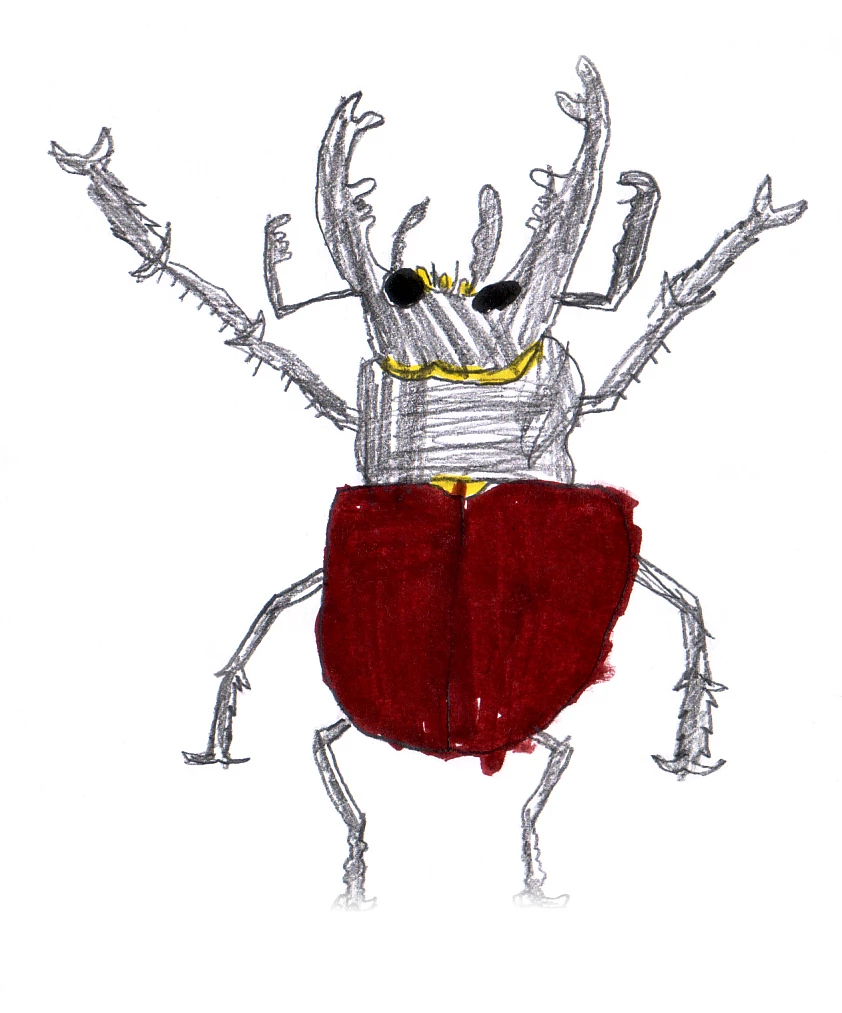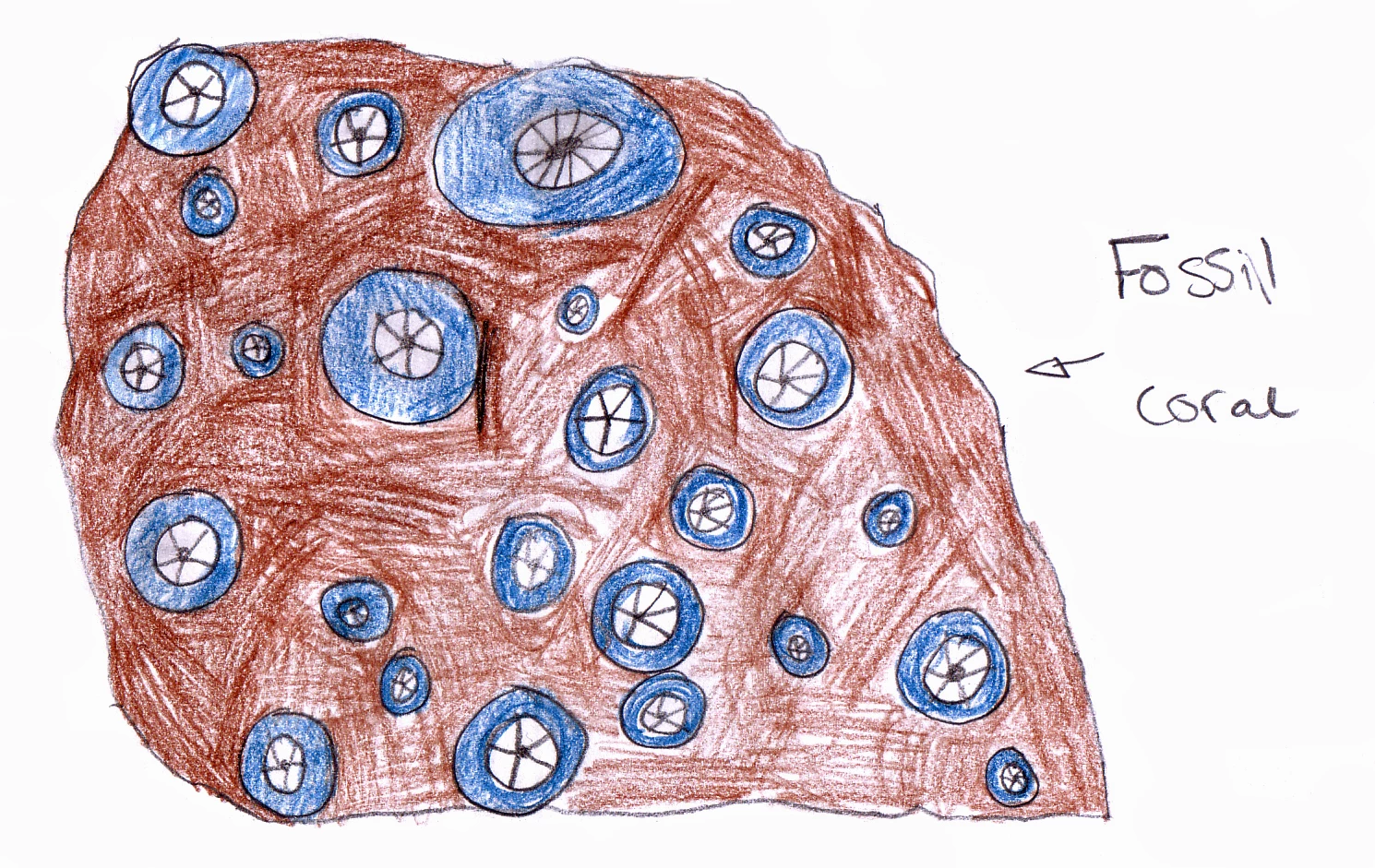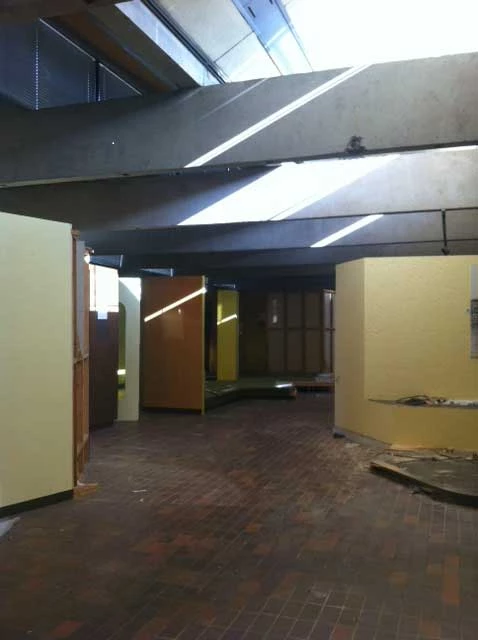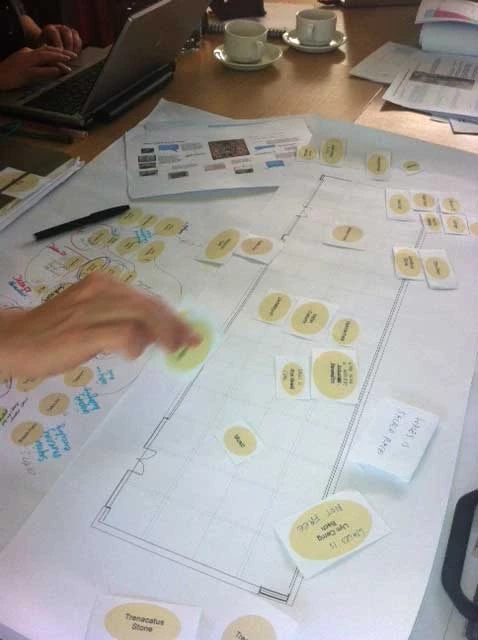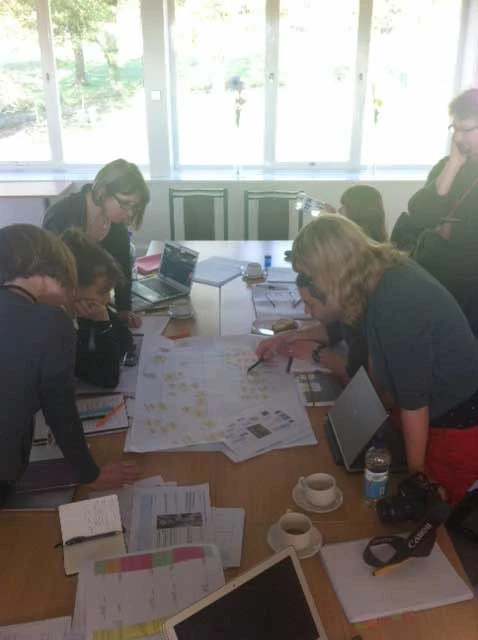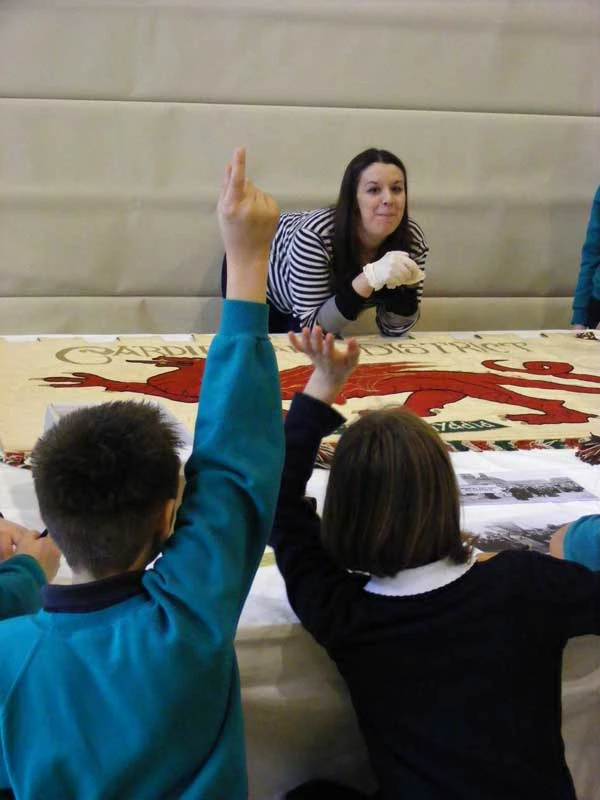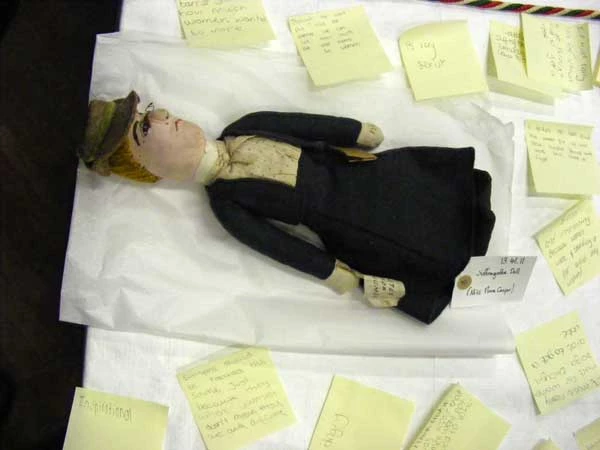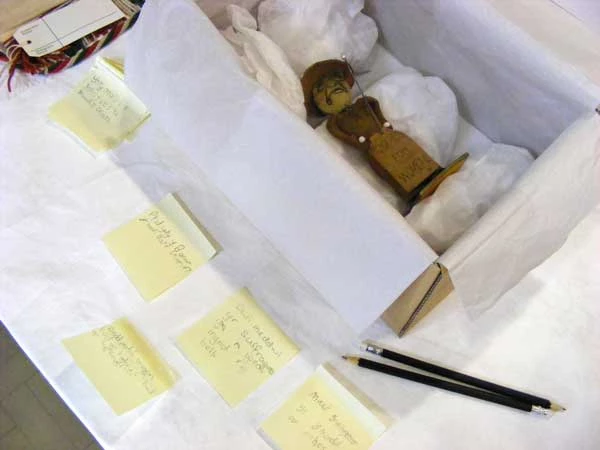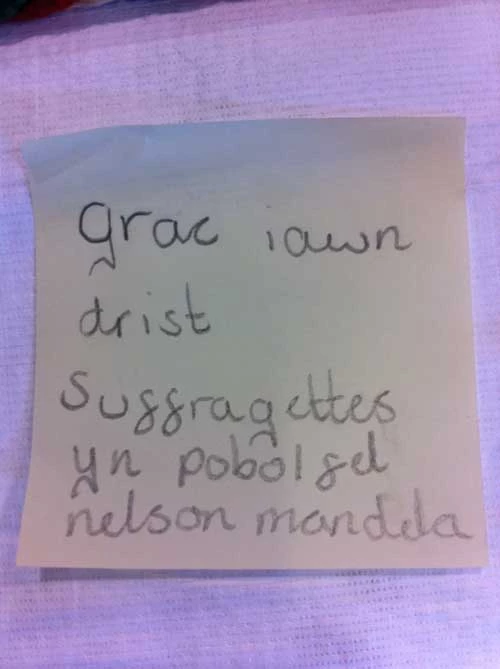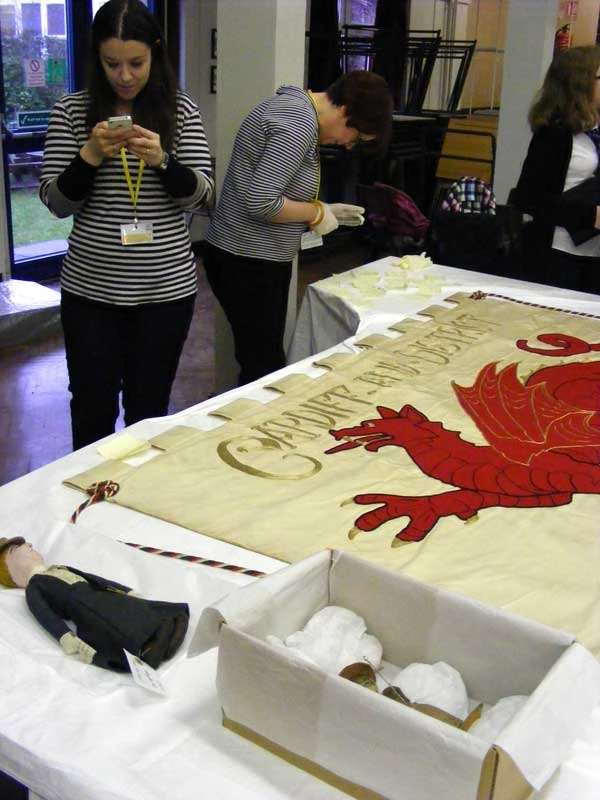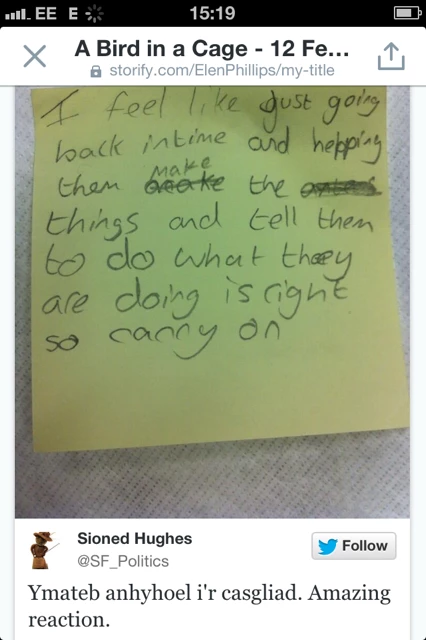By: Sioned Hughes, Head of Public History
It’s difficult to imagine that over the next couple of years the old Agricultural Gallery, largely unchanged at St Fagans for 20 or more years will be transformed as part of the Making History project. It will become a space that celebrates the fact that history belongs to everyone. It will be a platform where the museum shifts from being the provider of history to supporting and providing opportunities for others to explore meanings around diverse objects and make their own histories through participation and community curated displays.
Currently called by its working title Wales Is… we aim to display 17 moments in Welsh history using objects from the national collections. It will be a space where we encourage visitors to use historical skills to find out what the national collections can tell them about different moments in Welsh history.
The past few months have seen the Making History core content team work intensively with designers from Event Communications to develop this space. It’s an exciting, creative and intense process that involves looking in depth at our object selection and testing them against this exciting new concept.
To aid our current thinking and to generate discussion, we have stopped thinking about this space as a gallery and have started referring to it as a 3D social media account. Over the next few weeks we will be developing the idea of using social media as a conceptual framework for how the space works and how visitors will behave in it.
So far, we have identified that we would like the space to have followers and that it will follow other institutions or spaces that share relevant collections and opinions. We would like to ask visitors to Like, Share and Comment on what they see and provide opportunities to do this digitally and non-digitally, both in the space and remotely. We would like the space to have its own social media account and we would like its digital identity to develop as the content and the space itself develops – not as an add-on once it is open. We are looking at the possibility of tagging displays and objects so that content generated around them can be gathered and used as layers of interpretation. We want each display to have a social media feed on a screen as part of its interpretation.
The Public History Unit
Key to testing and delivering this space is the establishment of a new Public History Unit within the History and Archaeology Department. As a unit we have already facilitated workshops that support groups to develop historical skills to discover what objects can tell them about the past. These sessions have generated diverse, sometimes surprising, often emotional and occasionally controversial content that adds layers of rich and relevant interpretation to our storytelling.
In the space, we see the content generated around the displays, both digitally and non-digitally, as information that will be curated by museum staff. It will also be part of curatorial practise to manage social media campaigns around displays so that targeted audiences are reached. These campaigns will be supported by a programme of events and pop-up activities that can be used to generate interest and debate.
Suffrage Participatory Workshops
As part of the process for testing the content for Wales Is…the Public History Unit took the national suffrage collection to two schools in the Newport area as part of the Bird in a Cage project with Winding Snake. Within a few hours, over a hundred pupils from Lewis Girls School and Ysgol Gymraeg Casnewydd had seen and participated in a debate around the collections and suffrage movement in Wales. This is an example of how objects can generate content that is as interesting as the objects themselves. It demonstrates how groups and individuals can construct their own meanings around what they see. It also showed how social media can be used to generate interest and debate around a subject area.
The next challenge
The challenge will now be to work with Event to develop a design that can deliver this concept so that the outcomes of a participatory workshop can translate into a gallery context using the framework provided by Social Media. The questions we are asking ourselves at the moment are: is this workable? How can we use the information generated? What would a social media campaign linked to one of the displays look like? How can we create a framework and strategy to help develop the digital identity of the space? And most important of all, is this approach future proof? The Agricultural Gallery was popular at St Fagans for over 20 years. This new space will also have to stand the test of time and the changing behaviour patterns of our visitors in the future.
